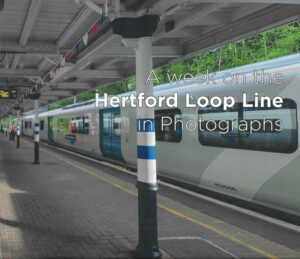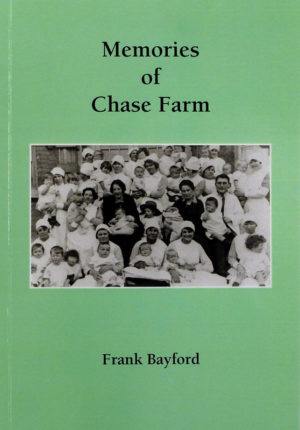Description
The prosperous ratepayers of Enfield, in 1837, were overburdened with many poor. They lived in dilapidated cottages crowded together in squalid yards and courts off Baker Street and the Hertford Road. Their sewage was carried away in foul open ditches, their cesspools polluted the wells. … The Board of Guardians aimed to discourage the poor from claiming relief. The Board of Health aimed to provide clean water, particularly to middle-class homes, and to take away the sewage, especialy where it looked likely to spread contagion among the ratepaying classes.
A factory for the production of black crape was set up at Ponders End early in the century. A few years later the government established a manufactory for small arms at Enfield Lock. Working people had more leisure, and earned more money. Enfield slowly became cleaner and more civilised. Hard back with dust jacket.
A history of Enfield. Vol. 2 – 1837 to 1914: A Victorian suburb by David Pam. Enfield : Enfield Preservation Society, 1992; 304 pages; 24cm. ISBN 0 907318 10 X









